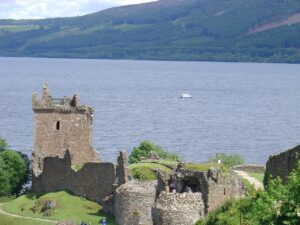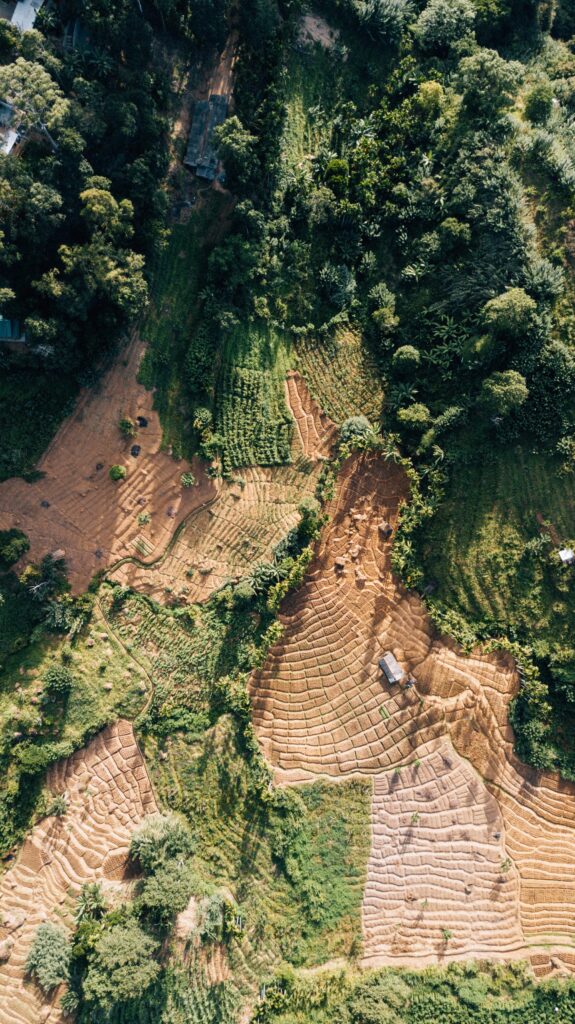Ill-planned tree planting is harming essential ecosystems
92% of all new tree plantations set up in tropical regions between 2000 and 2012 were in the wrong places, have a detrimental impact on fragile biodiversity and poor chances of success.
As research and our understanding of the climate crisis increases and improves, so too does the apparent complexity of the problem. Now a study into the effects of tree plantations aimed at improving the planet’s carbon sequestration and storage abilities offers alarming evidence that many such projects have been ill-conceived and poorly executed.
In terms of topline figures, the assessment by the University of Maryland Baltimore County (UMBC) suggests that 92% of all new tree plantations established in tropical regions between 2000 and 2012 were in biodiversity hotspots, with 14% in arid biodomes where tree species are unlikely to thrive but extremely likely to damage existing ecosystems.
Many also encroached on protected national parks, with 9% of landmass dedicated to conversation in the humid tropics now affected in this way. Given 45% of reforestation commitments to the Bonn Challenge take the form of tree plantations, understanding overall impact is critical to ensuring a safe and effective response to the climate crisis.
‘Ecologists have been sounding the alarm on this for over a decade, but no one’s had a hard number about how much this is actually happening.’ said Matthew Fagan, assistant professor of geography and environment systems at UMBC, citing projects in China where trees have been planted on the edge of the Gobi desert and Egypt where plantations sit at the intersection between the Saharan dunes and Sahel grasslands. In both cases disturbing soil has released carbon, with the overall effect of ‘killing off the grassland that was there’, while trees often go on to die of drought.
‘In the U.S., we have a huge area of relatively wet woods, and we tend to idolise planting trees as sort of the ultimate environmental act,’ Fagan continued. ‘But there’s a lot of value in grasslands and savannas that we don’t necessarily see. And when you plant trees, you essentially destroy that ecosystem… I would really like to see governments around the world reassess their restoration plans, or at least be more transparent when their plans involve tree planting, especially in areas that may not be appropriate for planting trees.’
Despite these concerns, a 2019 study by Ohio State University concluded that plants and trees offer the cheapest and most efficient way of removing air pollution, backing up the idea that how and where plantation projects are realised is the key to their success.
Image credit: Etienne Boulanger















